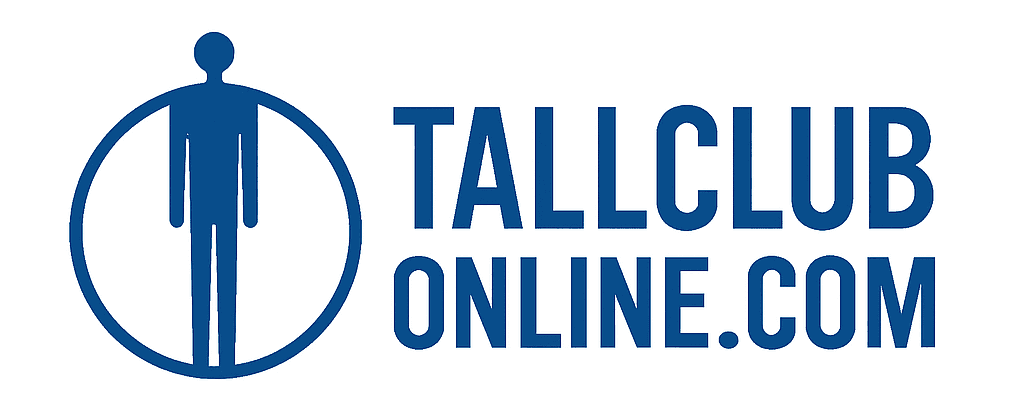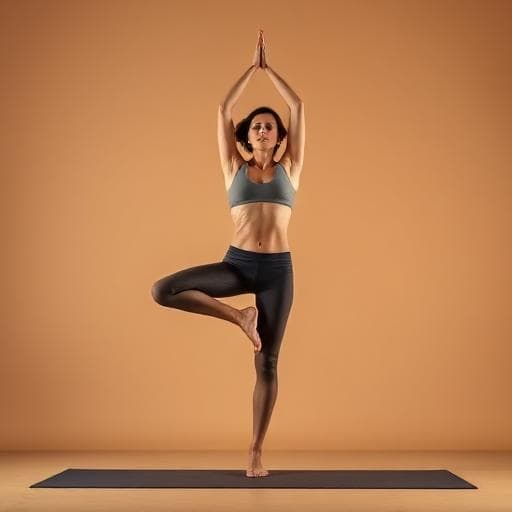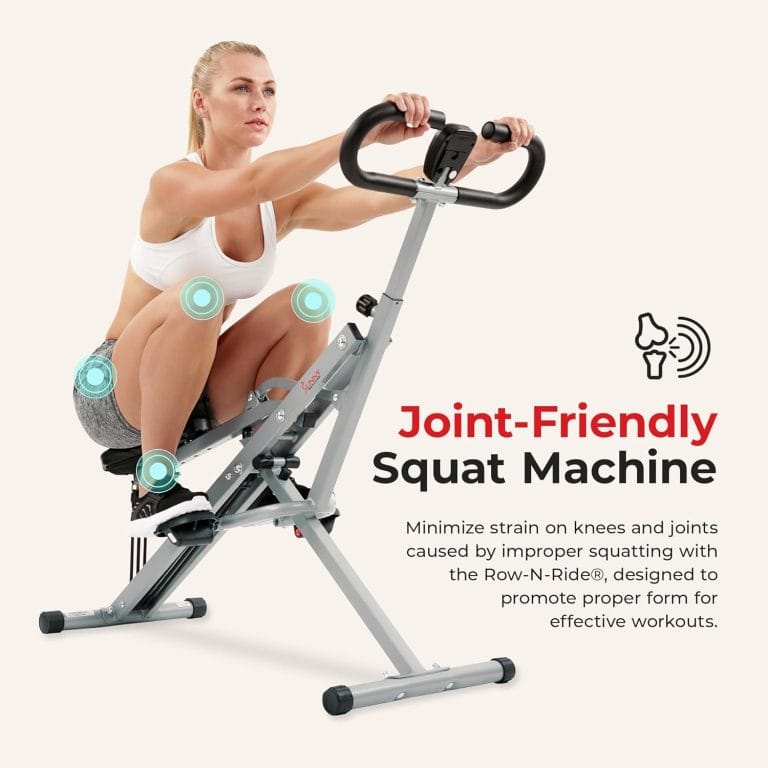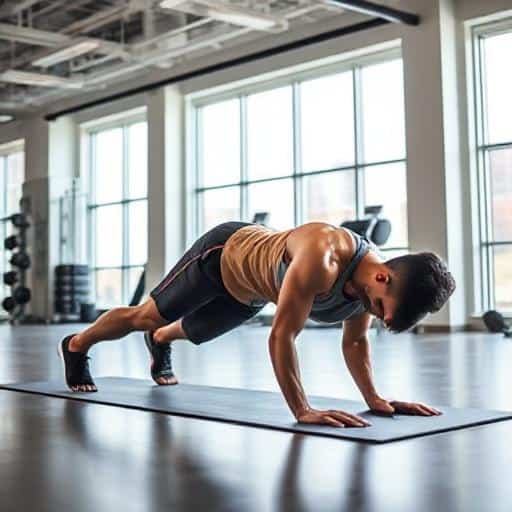Why Tall People Need a Unique Fitness Approach (And How to Start)
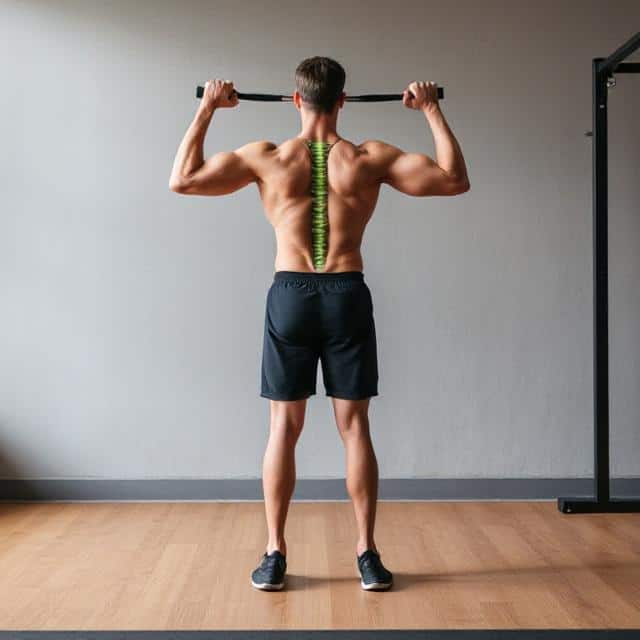
Tall individuals often face unique challenges when it comes to fitness. Their long limbs, taller frames, and different biomechanics can affect their exercise performance and increase the risk of injury. Many traditional workout programs are designed for the average-sized body, making it difficult for tall people to get the most out of their fitness routines without adjustments.
This article will explore why tall people need a specialized fitness approach and provide actionable steps to help you get started on your fitness journey in a way that supports your height, strength, and overall health.
Why Tall People Need a Unique Fitness Approach
Fitness plans aren’t one-size-fits-all. While the basic principles of fitness apply to everyone, tall individuals need to consider their body proportions and mechanics when planning workouts. Here are some key reasons why a tailored approach is crucial for tall people:
1. Height Can Impact Joint Stress
The longer your limbs, the more leverage you have, which can put additional strain on your joints, particularly your knees, hips, and spine. Tall individuals are more likely to experience joint discomfort and overuse injuries if they don’t adjust their exercises to minimize stress.
2. Posture and Balance Challenges
Tall bodies often face difficulties with posture and balance. With a long spine and extended limbs, maintaining good posture during exercises can be tricky. A unique fitness approach will help correct posture imbalances and reduce the risk of injuries related to poor alignment.
3. Increased Risk of Overstraining
Whether running, lifting, or performing any weight-bearing exercise, tall people may be more prone to overstraining muscles and ligaments. Proper form, rest, and customized routines are essential to prevent strain and injury.
How to Start a Fitness Routine That Supports Your Tall Frame
Now that you know why a specialized fitness approach is necessary for tall bodies, it’s time to dive into actionable steps that will help you craft a fitness routine designed for your frame.
1. Focus on Full-Body Workouts
Tall individuals often have longer limbs, which can make isolating muscle groups more challenging. Full-body workouts are the best way to engage multiple muscle groups at once, ensuring balanced strength development across your entire body.
Recommended Full-Body Exercises:
Squats: A fantastic lower-body workout that also engages your core.
Deadlifts: Great for strengthening the back, hamstrings, and glutes.
Pull-ups: Ideal for building upper-body strength without overstraining your joints.
Push-ups: Target your chest, shoulders, and triceps with this bodyweight exercise.
By focusing on compound movements, you’ll work multiple muscle groups at once, making your workout more efficient while keeping your joints safe.
2. Adjust Your Form and Technique
Since tall individuals have longer limbs, they must pay extra attention to their form and technique to avoid strain and injury.
Form Tips:
Lifting: When lifting weights, ensure your form is perfect, as tall individuals are more prone to bad posture and overextension. For example, during deadlifts or squats, keep your back straight and engage your core to prevent back strain.
Running: If you’re a runner, focus on shorter strides. Overstriding can lead to knee and hip issues. Work on maintaining an upright posture to prevent lower back pain.
Stretching: Tall individuals should regularly stretch to maintain flexibility, especially in the hamstrings, back, and shoulders. This can improve posture and prevent tightness that may affect mobility.
3. Incorporate Mobility and Flexibility Work
Tall bodies often experience stiffness in the joints, particularly in the hips and lower back. Including mobility and flexibility exercises will help you stay agile and avoid the tension that can lead to injury.
Mobility Exercises to Try:
Hip Flexor Stretches: Tall individuals tend to have tighter hip flexors, which can lead to lower back pain. Include regular hip stretches to keep your hips mobile.
Spinal Mobility: Use exercises like cat-cow stretches, twists, and spinal extensions to enhance spinal flexibility and prevent discomfort.
Shoulder Mobility: Stretching your shoulders and upper back is crucial to preventing tightness in the neck and upper spine.
4. Strengthen Your Core
A strong core is vital for maintaining balance, preventing injuries, and improving posture. For tall individuals, a weak core can lead to slouching and poor posture, which puts extra strain on the spine and hips.
Core Exercises:
Planks: Excellent for engaging the entire core.
Russian Twists: Target your obliques and improve trunk rotation.
Leg Raises: Strengthen your lower abdominals while keeping your back protected.
A strong core provides stability during all types of exercise, especially weightlifting and cardio, which can be challenging for tall individuals.
5. Incorporate Low-Impact Cardio
While running is great for cardiovascular health, tall people may experience more strain on their joints due to the length of their legs. Opting for low-impact cardio options like swimming, cycling, or using the elliptical machine will give you the heart-healthy benefits of cardio without causing additional strain.
6. Strength Training for Tall Individuals
While strength training is important for everyone, tall individuals may need to be more mindful of their form and lifting techniques to avoid overloading their joints.
Strength Training Tips for Tall Bodies:
Use lighter weights: Tall individuals often benefit from lighter weights and higher repetitions to build strength and avoid joint strain.
Use proper equipment: Make sure that your gym equipment is suited to your size. For example, use adjustable machines that allow for proper body alignment and range of motion.
7. Rest and Recovery Are Crucial
Tall bodies can be more prone to strain and injury, so recovery is just as important as the workout itself. Take sufficient rest between workouts to allow your muscles and joints to recover.
Recovery Tips:
Sleep: Prioritize good sleep to support muscle recovery and growth.
Stretching and foam rolling: Use foam rollers and stretching routines to relieve muscle tightness after workouts.
Hydration: Staying hydrated helps keep your muscles and joints in top condition.
Key Takeaways
Unique Fitness Needs: Tall individuals need a fitness plan tailored to their body type to avoid joint strain and injury.
Focus on Full-Body Workouts: Engage multiple muscle groups with compound movements to build balanced strength.
Form and Technique: Pay extra attention to form, especially when lifting weights or running, to protect your joints.
Mobility and Flexibility: Incorporate regular stretches and mobility exercises to keep your body flexible and reduce stiffness.
Core Strength: A strong core is essential for balance, posture, and overall fitness.
Low-Impact Cardio: Opt for low-impact cardio options to protect your knees and hips from stress.
Rest and Recovery: Don’t skip rest; it’s crucial for injury prevention and muscle growth.
FAQ: Fitness for Tall People
Q1: Is weightlifting safe for tall people?
Yes! However, it’s crucial to use proper form and start with lighter weights to avoid straining the joints. Focus on technique and gradually increase the weight as your strength improves.
Q2: How can I improve my posture during workouts?
Engage your core and keep your back straight during all exercises. Regularly practice posture-improving stretches like chest openers and back extensions.
Q3: What type of cardio is best for tall people?
Low-impact cardio exercises like swimming, cycling, and elliptical training are ideal for tall people as they reduce the risk of joint strain while providing a good workout.
Q4: How can I prevent back pain during workouts?
Strengthen your core and ensure you’re using proper form, especially when lifting. Include flexibility exercises for the lower back and hips to prevent tightness.
